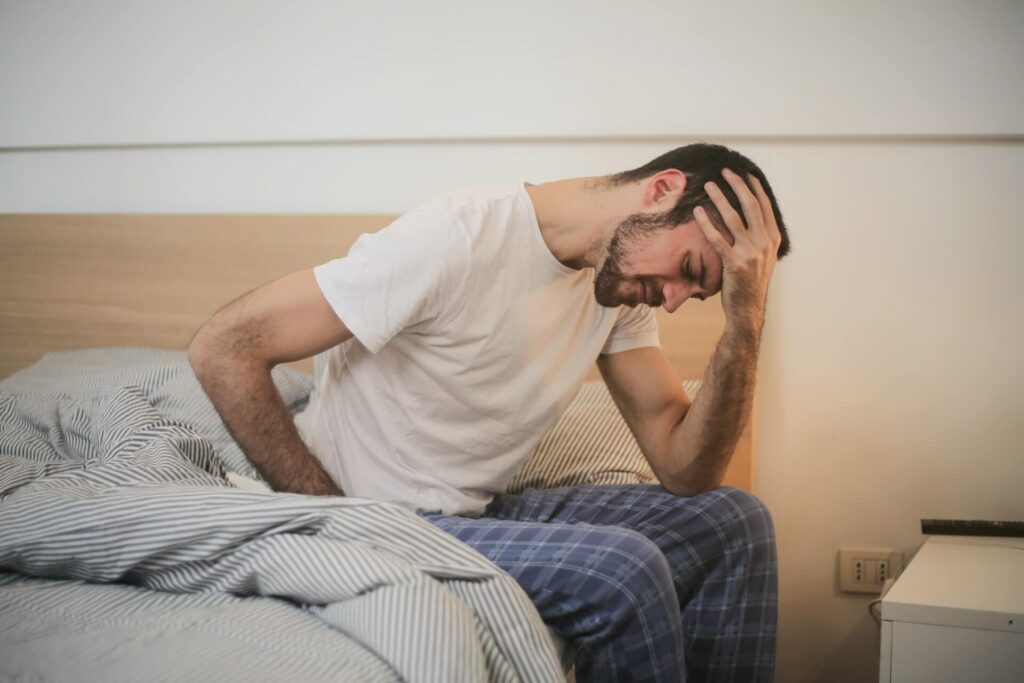Concussions are known as the “invisible injury” and there is no test to diagnose a concussion with 100% certainty and there is not always visible evidence that an injury occurred. Often people will suffer silently without others knowing they have an injury. The symptoms are variable and range in severity, and unlike in other injuries people cannot obviously tell that a person is recovering from a concussion. Unfortunately, people may not understand why it took a person a bit longer to pay for a grocery bill, or why they got upset or emotional at an inappropriate time.
For a concussion to occur a direct blow to the head does not need to occur. While this is a common mechanism of injury, a concussion can also be obtained from any force experienced in the body that can jolt brain, such as a fall on the buttock. As well, a loss of conscious is not required for an incident to have caused a concussion.
After a concussion is suspected a brief period of complete physical and cognitive rest is required. Typically, 24-48 hours is sufficient rest from using computers, cell phones, watching television, reading, homework, recreational activities, sports, and situations that will require attention and concentration. This will allow time for the brain to heal and repair. This often means staying home from school and work. After 48 hours, activities can be reintroduced that are safe and are not associated with a risk of another injury. It is important not to re-aggravate symptoms and activities must be carefully added to a tolerable level. It is recommended to consult a practitioner to help guide appropriate reintroduction of activities.
A common misconception after a concussion is to refrain from lights and to hide in a dark room, however, this is not the case. It is important to be exposed to natural light during the recovery phase, if symptoms are severe sunglasses can be used, but try to wean off this as early as possible to avoid a dependency on glasses. Try to get outside a few times a day, and once awake let natural light into the room. As well, its important to participate in allowable activities in tolerable doses. Recovering from a concussion can be isolating which can negatively affect one’s mood and slow recovery. In most cases activities allowed include light exercise – such as walking in a non-busy environment 10-20 minutes twice a day; listening to music, audio books and podcasts; light house chores; relaxing baths; and mediation. Guidance on individualized allowable activities are specific to each case and it is best to consult an experienced practitioner.
Sleep patterns are typically disrupted when a concussion has occurred and getting back to a proper routine early on will be beneficial. Following a regular sleep routine is helpful at ensuring adequate rest. In most situations it is not required to be awoken throughout the night during the first 24-48 hours post concussion. Try to go to sleep and wake up around the same time every day and limit daytime napping. If having difficulties falling asleep winding down 1 hour before bed time with activities such as meditation or a relaxing bath can help.
Diagnosis of a concussion is made through taking several factors into consideration, such as how did the injury occur, what happened right after the injury, and what symptoms does the person now present with. Typical recovery occurs within 3 weeks, however, recovery can persist from days to weeks, to even months, and if not properly treated immediately after the incident can lead to permanent impairments. The most important part of recovery is early recognition that a concussion may have occurred, early initiation of treatment and following a strict protocol right after the injury with avoidance of reinjury for 30 days.
If you or someone you know has experienced a head or neck injury it is important to be aware of a few Red flags that warrant immediate medical investigation. It is important to do to the hospital if any of the following occur; deteriorating mental status, repeated vomiting, excessive drowsiness or lethargy, increasing confusion or difficulty recognizing people or places, and worsening headache.
References:
Leddy JJ, Haider MN, Ellis M, Willer BS. Exercise is Medicine for Concussion. Current Sports Medicine Reports. 2018 Aug;17(8):262-270. DOI: 10.1249/jsr.0000000000000505.
McCrory, P., Meeuwisse, W., Dvorak, J., Aubry, M., Bailes, J., Broglio, S., & Cantu, R. (2017). Consensus statement on concussion in sport—the 5th International Conference on Concussion in Sport Held in Berlin. British Journal of Sports Medicine, 1-10. doi:10.1136/bjsports-2017-097699
Ontario Neurotrauma Foundation’s Guidelines for Concussion/Mild Traumatic Brain Injury & Persistent Symptoms, 2nd ed., Sep 2013
Schneider, K., Leddy, J., Guskiewicz, K., Seifert, T., McCrea, M., Silverberg, N., & Feddermann-Demont, N. (2017). Rest and treatment/rehabilitation following sport- related concussion: a systematic review. British Journal of Sports Medicine, 1-7. doi:10.1136/ bjsports-2016-097475
Signoretti S et al. The pathophysiology of concussion. PM&R. 2011; 3: S359-68.

